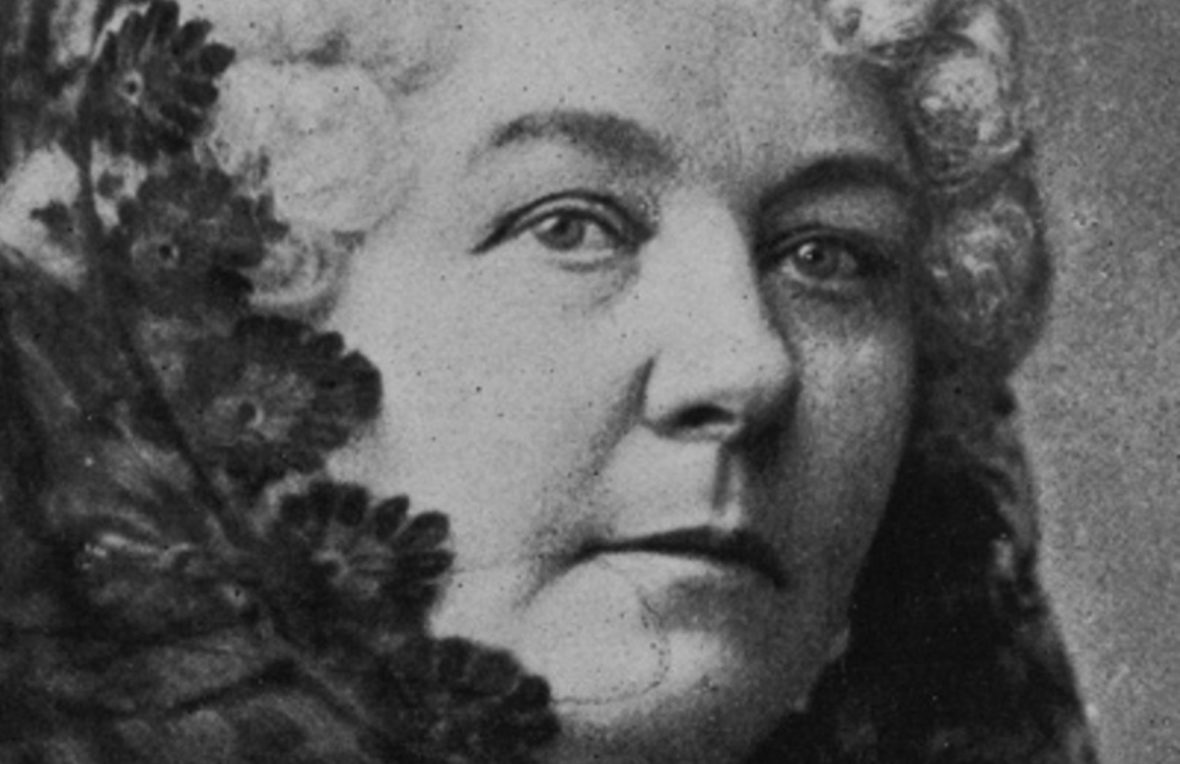Elizabeth Cady Stanton was an American suffragist, social activist, abolitionist, and leading figure of the early women’s rights movement. Her Declaration of Sentiments, presented at the Seneca Falls Convention held in 1848 in Seneca Falls, New York, is often credited with initiating the first organized women’s rights and women’s suffrage movements in the United States. Take a look below for 30 more fun and interesting facts about Elizabeth Cady Stanton.
1. Stanton was president of the National Woman Suffrage Association from 1892 until 1900.
2. Before Stanton narrowed her political focus almost exclusively to women’s rights, she was an active abolitionist with her husband Henry Brewster Stanton, the co-founder of the Republican Party, and cousin Gerrit Smith.
3. Unlike many of those involved in the women’s rights movement, Stanton addressed various issues pertaining to women beyond voting rights.
4. Her concerns included women’s parental and custody rights, property rights, employment and income rights, divorce, the economic health of the family, and birth control.
5. She was an outspoken supporter of the 19th century temperance movement.
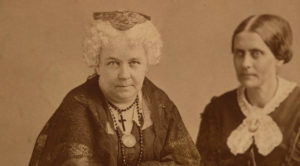
6. After the American Civil War, Stanton’s commitment to female suffrage caused a schism in the women’s rights movement when she, together with Susan B. Anthony, declined to support passage of the Fourteenth and Fifteenth Amendments to the United States Constitution.
7. She opposed giving added legal protection and voting rights to African American men while women, black and white, were denied those same rights.
8. Her position on this issue, together with her thoughts on organized Christianity and women’s issues beyond voting rights, led to the formation of two separate women’s rights organizations that were finally rejoined, with Stanton as president of the joint organization, about twenty years after her break from the original women’s suffrage movement.
9. Stanton died in 1902, having written both The Woman’s Bible and her autobiography “Eighty Years and More,” and many other articles and pamphlets about female suffrage and women’s rights.
10. Stanton was born on November 12, 1815, in Johnstown, New York.
11. Daniel Cady, her father, was a reputed lawyer, a congressman and also the judge of the New York Supreme Court.
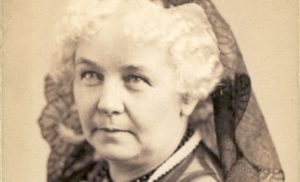
12. Her mother belonged to a wealthy family.
13. Elizabeth had 10 siblings, but most of them didn’t survive until adulthood.
14. She received her early education from the school at the Johnstown Academy and later on, she joined Emma Willard’s Troy Female Seminary from 1830 to 1833.
15. At Emma Willard’s Troy Female Seminary, she studied French, Latin, Mathematics, Greek, religion and science.
16. She embraced the causes of women’s rights and as her father was a lawyer, she was easily exposed to the legal hurdles of women’s equality.
17. She was absolutely outraged by the way husbands used to treat and subjugate their wives as well as regulate their wives’ properties.
18. After marriage, Stanton moved back to New York, in 1847, and tried to focus exclusively on being a wife and a mother.
19. She soon got bored and became an abolitionist and women’s rights activist.
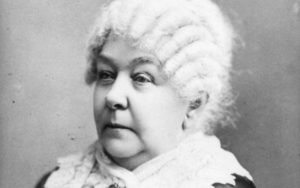
20. She soon made friends with like-minded women and decided upon spending the rest of her life in fighting for the women’s right to vote along with bringing the gender-neutral divorce laws and increased economic prospects for women.
21. On July 19 and 20 of 1848, she, along with several other women, organized the first ever women’s rights convention in Seneca Falls.
22. She wrote the Declaration of Sentiments based on the Declaration of Independence in order to assert the equality of women with men and proposed female suffrage.
23. In 1880, she delivered one of her most famous and talked about speeches, “Our Girls,” regarding the socialization and the education of young girls.
24. Through her speech, she wanted to spread the principles of gender equality.
25. In 1880, she stopped lecturing and started devoting all of her time on writing and travelling.
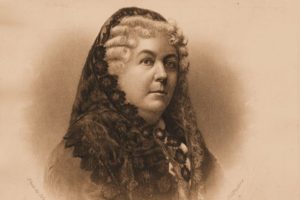
26. She began writing along with Susan B. Anthony and the two volumes of her “History of Woman Suffrage” got published in 1881 and 1882 respectively.
27. In 1895, “The Women’s Bible” got published, which she wrote with Gage.
28. In 1840, Stanton got married to Henry Brewster Stanton, who was an antislavery orator and a journalist. The couple had seven children.
29. Stanton died due to a heart attack on October 26, 1902, in New York City, at her daughter’s home.
30. In 1973, she was inducted into the National Women’s Hall of Fame.

